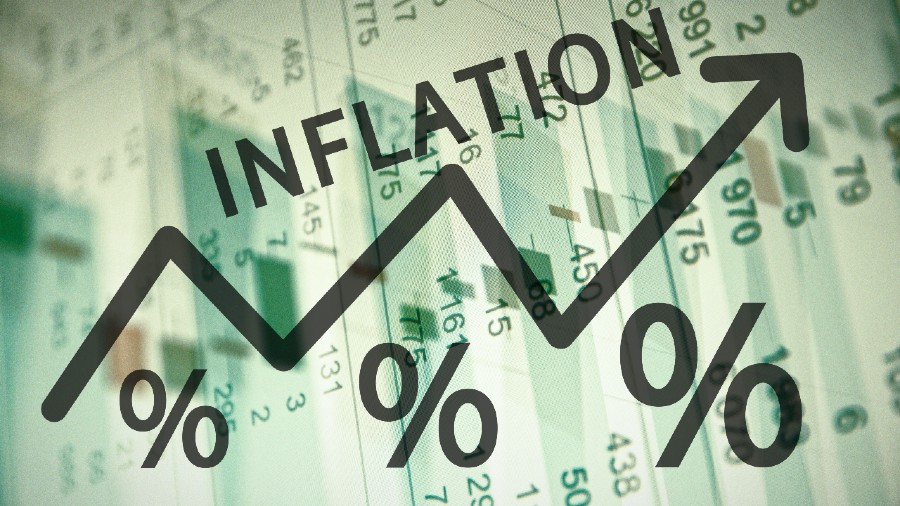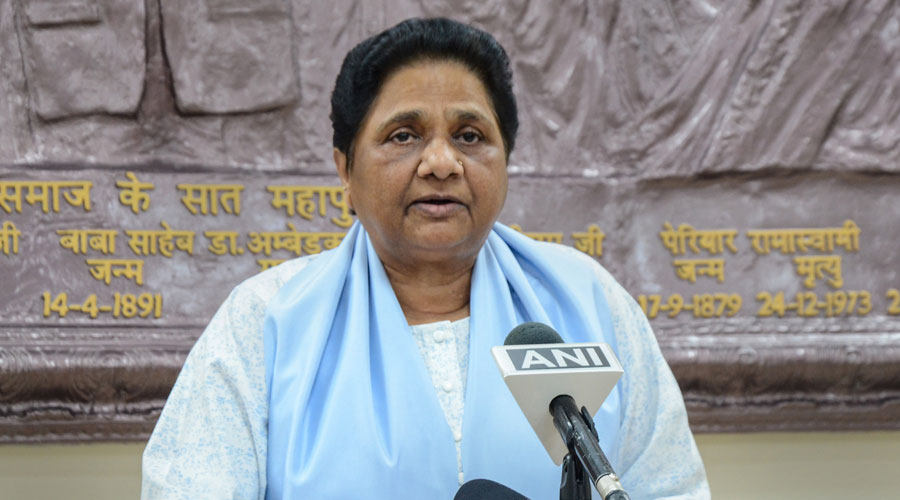Surging inflation is forcing many poor Indians to rein in spending, threatening a slowdown for companies such as Godrej Appliances that saw bumper sales as recently as March and April after a brutal heat wave spiked demand for its cooling products.
“From May we started seeing a drop in demand,” Kamal Nandi, the business head of Godrej Appliances, one of the country’s largest makers of home appliances, told Reuters. “These are early signs of inflationary impact on discretionary spends.”
The fall came swiftly after demand from the mass segment had “zoomed up” in March and stayed good in April, Nandi added.
April saw India’s wholesale and consumer prices accelerate at their fastest in years, prompting the central bank to hike interest rates at an unscheduled policy meeting this month, with another likely next month.
Godrej, which made India’s first domestic refrigerator in 1958, aims to raise prices when possible to offset commodity costs, but worries that this could erode demand in rural areas.
“Going forward, every quarter there has to be a price hike and that will impact demand down the line,” added Nandi, who said hikes in the prices of commodities had far outstripped sticker prices.
Godrej’s dilemma is familiar to many companies trying to strike a balance between margins and demand, a worrying sign for an economy that had recovered in recent quarters after being hammered by the Covid-19 pandemic.
Dabur India Ltd, a big seller of everything from shampoos and toothpaste to honey and fruit juice, said in an earnings call this month that demand was likely to remain soft in the coming quarters.
“There is a squeeze in the wallet of the rural consumer.... There is a compression in consumption,” chief executive Mohit Malhotra said.
Malhotra said: “I think it’s a wait-and-watch situation, which is very volatile as food prices and inflation are not abating.”
Hindustan Unilever Ltd, owner of brands visible everywhere such as Dove, Vaseline and Horlicks, said late last month that volumes were falling fast, mainly in rural areas.
“Essentials are being prioritised over discretionary categories,” it added.
Across Asia, the “ability of companies to absorb high input costs is coming down”, said Priyanka Kishore, head of the India and South Asia macro and investor service at the advisory firm Oxford Economics.
US retailers Kohl’s Corp, Walmart Inc and Target Corp too have warned of inflation weakening the spending power of consumers.
Demand in the cities has held up much better, several companies said.
Electronics retailer Vijay Sales, with operations centred on cities, saw sales jump 30 per cent to 40 per cent in March and April over pre-pandemic levels to stand up about a quarter this month, its director, Nilesh Gupta, told Reuters.
Easier access to financing could be a reason, he said, but confidence among urban consumers has generally held strong in recent months.
Voltas Ltd, a big maker of appliances in the Tata conglomerate, said it had raised prices last quarter but was offering incentives such as extended warranties and easy financing to keep up sales of products like air-conditioners and air coolers.
India’s biggest carmaker, Maruti Suzuki, and others report long waiting lists for some mid-market and premium models, but the sales of entry-level products popular in small towns and villages are falling.
The rural economy has struggled to recover from last year’s wave of delta infections that killed tens of thousands, infected millions and burnt through the savings of millions without health insurance.
Inflation poses added headwinds for the fragile rural recovery, said economist Kishore.
“Downside risks to growth are piling up, with disruptions to supply of intermediate goods from China, worsening global stagflationary stresses and monetary conditions turning less accommodative,” she said.
As the rupee sinks to record lows against the dollar, raising the costs of imported raw materials, India’s inflation could accelerate even more, said Godrej’s Nandi.
“If this trend continues, even festive demand will get impacted for the mass segment,” he said, referring to the autumn holiday season.
Reuters











